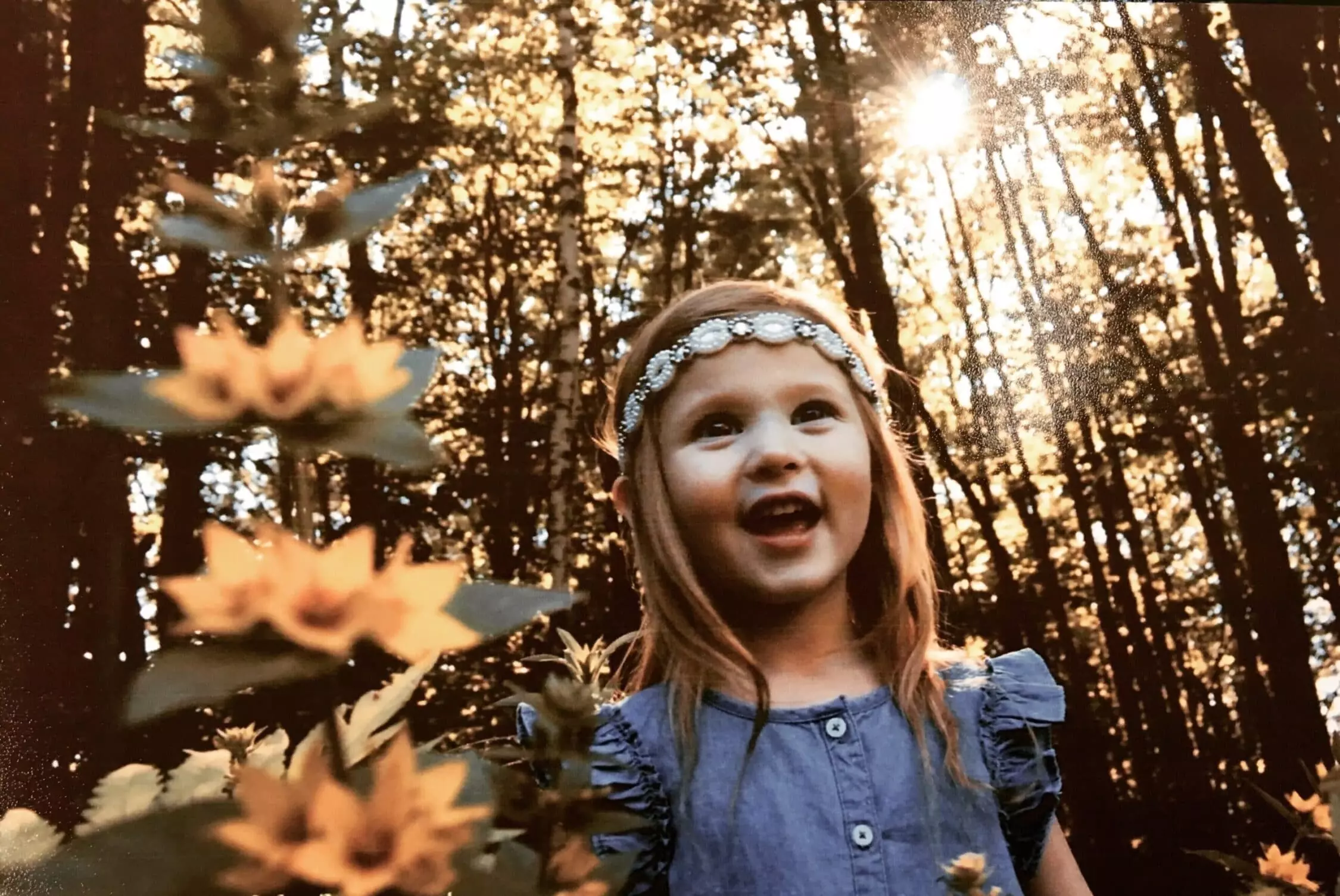
Has it ever felt like you keep running into the same patterns in each relationship you’re in? Where it always seems to be going really great at the beginning, and then something shifts and you can’t believe you were ever with that person? And no matter how hard you try to break the pattern, you never seem to see the red flags?
It’s likely that your early childhood experiences in forming relationships have greatly impacted you and actually have a whole lot to do with the relationships you pursue in your adult life. Actually, this is true for everyone. We call this early learning about how to be in relationship with others our attachment style.
What “Attachment Style” Means and Why It Matters
A piece of wisdom that has always stuck with me about these patterns that exist in relationships is that ‘when you meet someone and it feels like you’ve known them your whole life, you probably have’. This reminds me of how often we seek partners for ourselves that resemble figures from our past, be it a parent or otherwise.
In our early years, our focus was survival -we learned to trust or not to trust based on the attunement of our caregivers. When finding ourselves in an unpredictable environment, we pick up tools and skills for what we could do to help keep safe and still get our needs met. This particular type of survival-based learning becomes encoded in us. As adults, this could play out in a variety of relationships from our lovers to our children.
Author Peter Hobson stated, “…one’s experiences of relations with others becomes a feature of one’s relations with oneself”. This quote is a powerful message to me about how we are affected by those around us, especially the people that we once relied on to meet our very basic needs. Building insight into our own attachment styles can help change the course in how we see ourselves and how we participate in relationships, both with ourselves and with others.
Okay, But What Exactly Is Attachment?
Attachment plain and simple is referring to how we go about meeting our needs based on early childhood experiences. Through these experiences, a certain style will start to emerge based on how we are able to meet those needs. This either represents a secure attachment, or typically falls into one of the three insecure categories: Avoidant, Anxious, or Disorganized.
For example, when our caregiver is attuned to us, then we are able to have a secure base from which to explore the world around us. With this style, we have confidence that the caregiver will respond to our expressed needs. If that is not the case, whereas a caregiver is inconsistent or unaware of our needs, then we, in turn, must develop different ways of coping.
Here are examples of behaviors you might notice in the four attachment styles mentioned above:
Secure Attachment
Needs were provided on a consistent basis by the caregiver and we are able to seek comfort when needed.
-
- Trust that our needs will be met.
- Able to make connections with others and self.
- Can express desires and enforce boundaries.
- Know that we are lovable and can give love in return.
Insecure/Avoidant Attachment
Needs were unattainable from the caregiver, so we coped by caring for our own needs or by suppressing them.
-
- Uneasy with close contact.
- Do not look for comfort in others and can be extremely independent.
- Often have trouble expressing true feelings to others and ourselves.
- Difficulties with committing or asking for help in relationships.
Insecure/Anxious-Preoccupied Attachment
Caregiver was inconsistent in providing for needs, so we coped by clinging to the caregiver to receive needs when available.
-
- Is hypervigilant to concerns in the relationship.
- Strategizes or lashes out in order to meet needs.
- Struggles to know the boundary between our own feelings and the feelings of others.
- Fearful of being dismissed or abandoned.
Insecure/Disorganized Attachment
Caregiver is both feared and reassuring to us, creating a sense of confusion and never knowing what to expect.
-
- Afraid of being too close and too distant from others.
- Often overwhelmed by the intensity of their emotions.
- Dealing with unresolved trauma or grief from early childhood.
- Both fearful of being abandoned, and trapped when they’re too close.
What Does My Attachment Style Mean for Me Now?
Those unmet needs from childhood set the stage for the rest of your life. Even as you grow older, your attachment style will play out in the majority of your relationships. This is especially true both in how you ask for what you need, and how you respond to others’ needs. As adults, it makes sense that we crave connection and need a safe place to address our needs. You might notice this come up in certain arguments or cycles that repeat in your relationships.
Romantic Relationships
Depending on your attachment style, people with insecure attachments are likely to experience more discord in their relationships. It is not uncommon for someone who is anxiously attached to pursue a relationship with someone who has an avoidant attachment style. Without intervention, this couple will feel a constant push and pull, each trying to get their needs met. This can lead to manipulation, rash decisions, and difficulties in understanding one another.
The anxious partner, out of their fear of rejection, may become overly-clingy and out of their “neediness,” do the very thing that pushes that person away. The avoidant partner may try to deny their own needs for love and affection, whereas someone who has a disorganized attachment style will likely be sending off conflicting messages of their own about intimacy and distance. However, a securely attached couple is more likely to approach situations with care and trust and can better attune to their partner’s needs.
Parenting
Your own attachment style can also affect how you feel or act toward your child. In fact, this is the primary way that attachment style is “passed down” generationally. It’s likely that your attachment style will closely resemble that of your parents.
What often happens is that a parent with an anxious attachment may look to their child to meet their own needs instead of meeting their child’s needs. This person may feel like their child is the only person who has loved them truly. In return, the emotionally drained child may feel clingy, desperate, or anxious. This can create problems when a child is misbehaving and the parent interprets it as a personal attack.
The avoidant parent may provide for the physical needs, but then could have difficulties meeting or recognizing the emotional needs of the child. Following their lead, this may result in the child dismissing their own needs, or they might feel like they need to have an emotional outburst for their parent to recognize their needs.
Parents with a disorganized attachment style of their own will likely create a similar environment for their child, acting erratically and unpredictably. As they likely experienced in their own history of growing up in a disorganized household, we can understand that here is where the seeds of intergenerational trauma are planted.
On the other hand, parents who have a secure attachment create a loving environment for the child to be able to safely express their needs. These parents are able to recognize the child’s emotional and physical needs and can respond appropriately. This is the goal for parents to strive towards, as Dan Siegel puts it, to help them feel safe, soothed, seen, and secure.
Addiction
Unsurprisingly, insecure attachment also often leads to a problematic relationship with addiction. In one particular study, those who were participating in an addiction treatment program were shown to have, on average, less secure attachment to primary relationships and instead expressed greater fears of intimacy, more emotional reactivity, and less differentiation of self.
We know from attachment theory that this is a function of our attempts to self-medicate and compensate for our lack of helpful attachment strategies. Some other figures to pay attention to:
-
- Those with an insecure attachment in their romantic relationships tend to abuse substances more than those with a secure attachment.
- Exhibiting an anxious attachment style is associated with increased and stress-motivated substance abuse.
- Some studies link the drug of choice to attachment style. While those whose drug of choice is heroin were mainly found to have a fearful-avoidant (disorganized) type attachment style, cannabis abusers tended to be the avoidant type, and those who used alcohol demonstrated higher tendencies both in the avoidant and anxious-preoccupied attachment styles.
Where Do I Go From Here?
There is still hope! We are not chained to the attachment styles developed in childhood and can learn to become ‘earned secure’. This security is developed in the context of a relationship where we can practice different ways of expressing and meeting needs.
In therapy with trauma-informed and attachment-oriented clinicians, we are able to explore our attachment histories by sharing our needs and experiencing nurturing and attunement in a safe environment. A trusted friend or partner can also provide the training ground to try out these new ways of relating.
Professor and researcher Jude Cassidy describes what is needed to build a secure attachment: The ability to seek and give care, feel comfortable with your own self, and the ability to negotiate. Not all of us were taught how to enact these skills in relationships. However, we are able to learn and build these skills at any age.
Learning about your attachment style can give you context for your behavior and how it came to be. The more awareness you possess of your ways of connecting (or not connecting) with others, the better equipped you are to make changes. In this, you can build truth, security, and authenticity in your relationship with others and with yourself.

